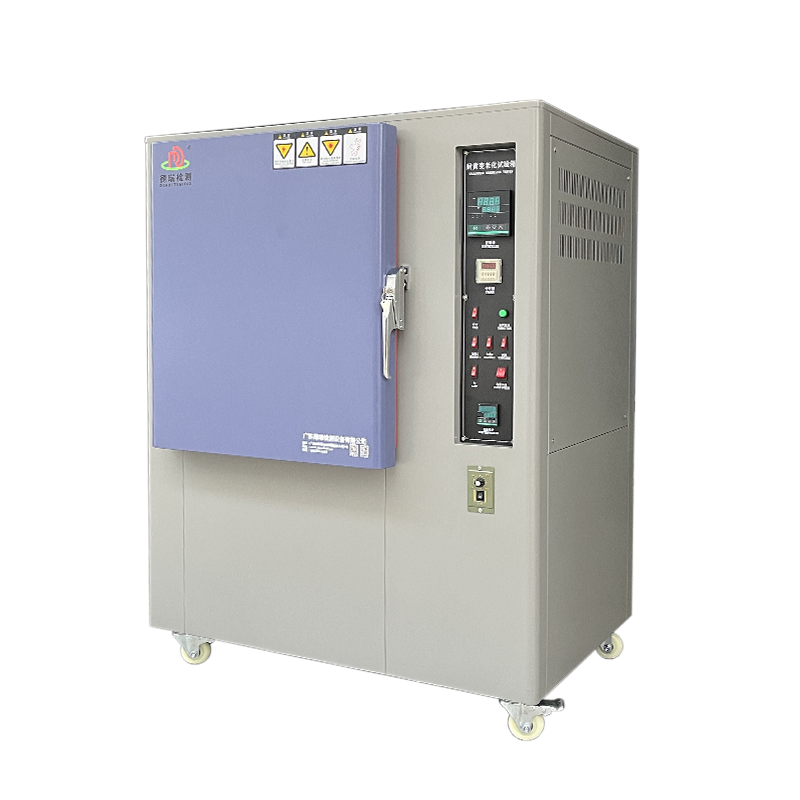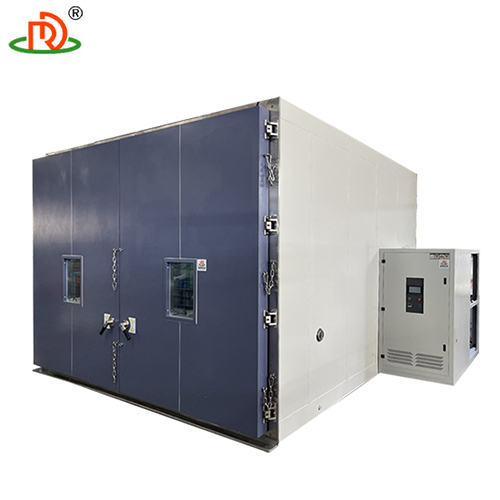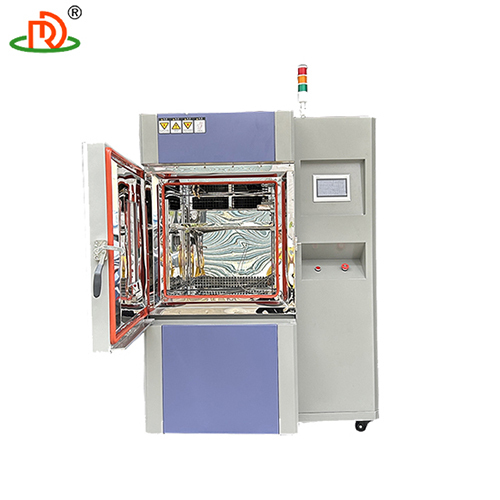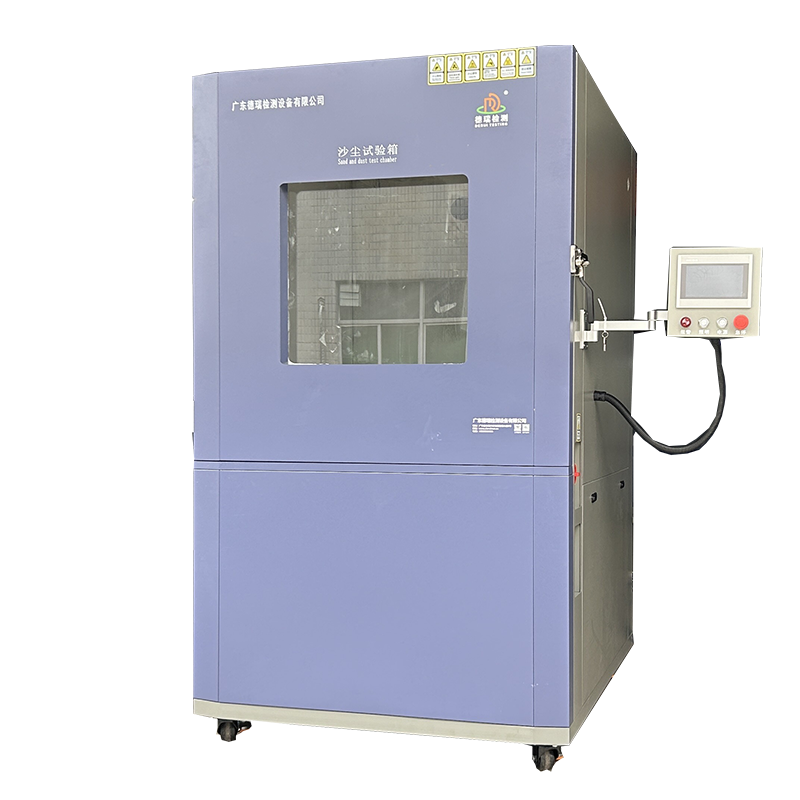
Low wind speed and gentle breeze yellowing resistance testing machine
138005.0 INR/Unit
Product Details:
X
Low wind speed and gentle breeze yellowing resistance testing machine Price And Quantity
- 1 Unit
- 138005.0 INR/Unit
Low wind speed and gentle breeze yellowing resistance testing machine Trade Information
- Cash in Advance (CID)
- 100 Unit Per Month
- 7 Days
- All India
Product Description
I. Equipment core functions and application scenarios
Application Scenarios:
-
Material weathering test: simulate the anti-yellowing ability of materials (plastics, rubber, paint, textiles, etc.) under the action of light, temperature and humidity in a low wind speed natural ventilation environment.
-
Automotive interior testing: evaluate the color stability of dashboard and seat fabrics in a long-term ventilation environment.
-
Outdoor building materials verification: e.g. door and window seals, outdoor furniture aging resistance in a breezy environment.
Core functional modules:
Module
Technical Requirements
Role Description
Low wind speed circulation system
Wind speed range: 0.1~2m/s (adjustable), uniformity deviation 10%
Simulate the natural breeze environment, avoid strong wind to interfere with the aging mechanism
Lighting system
Xenon lamp/UV lamp (0.5~1.2W/m @340nm), spectrally matched to daylight.
Trigger the photo-oxidation reaction of the material to accelerate the yellowing process.
Temperature and humidity control
Temperature: 20~80, Humidity: 10%~90% RH
Simulates hot and humid or dry climatic conditions
Sample holder and rotation system
Multi-angle adjustable, support sample rotation (1~5rpm)
Ensure light and ventilation uniformity
Yellow colorimetric detection
Integrated colorimeter (E0.1) or spectrophotometer interface
Real-time monitoring of color difference changes (e.g. Lab value, YI yellowing index)
Data management system
The software automatically records the time-yellowing curve and supports the export of PDF reports.
Meet the data traceability requirements of ISO/ASTM standards
Second, the test standard and typical process
Applicable standards:
-
ISO 4892-2: Laboratory light source exposure test for plastics (Xenon lamp method).
-
ASTM G155: Xenon lamp aging test for non-metallic materials.
-
GB/T 14576: Test method for light yellowing resistance of textiles.
-
Enterprise standards: such as automobile OEM interior trim parts yellowing resistance test specification.
Example of test procedure:
1.
Pre-treatment: After the samples are cleaned, equilibrate them at 232 and 50% RH for 24 hours.
2.
Initial chromaticity measurement: Use a colorimeter to record the initial Lab value (or YI yellowing index).
3.
Test phase:
Condition setting: light intensity 0.8W/m @340nm, temperature 60, humidity 50% RH, wind speed 0.5m/s.
Cycle mode: light (8h) dark (4h) repeat to set cycle (e.g. 500h).
4.
Result evaluation:
Color difference E: E1.5 is qualified (some automotive standards require E1.0).
Yellowing Index YI: YI change value 3 (e.g. white material).
Item Specification
1. Internal chamber size(W*D*H) 50*50*60cm
2. External chamber size(W*D*H) 114*74*130cm
3. Temperature Range Ambient Temperature~200
4. Control Mode Automatic Calculation Controller
5. Temperature display accuracy 0.1
6. Control accuracy 3
7. Distribution accurac 1 (ambient ~ 100)
8. Time memory 0-999 hours, Power Failure Memory Type, with Buzzer
9. Sample holder rotation speed Diameter 45cm, 102 roll/min
10. UV light source 300W UV lamp
11. Heating method Hot air circulation
12. Chamber material Internal: Stainless Steel SUS304;
13. External: Steel plate with baking varnish
Tell us about your requirement

Price:
Quantity
Select Unit
- 50
- 100
- 200
- 250
- 500
- 1000+
Additional detail
Mobile number
Email








 English
English Spanish
Spanish French
French German
German Italian
Italian Chinese (Simplified)
Chinese (Simplified) Japanese
Japanese Korean
Korean Arabic
Arabic Portuguese
Portuguese